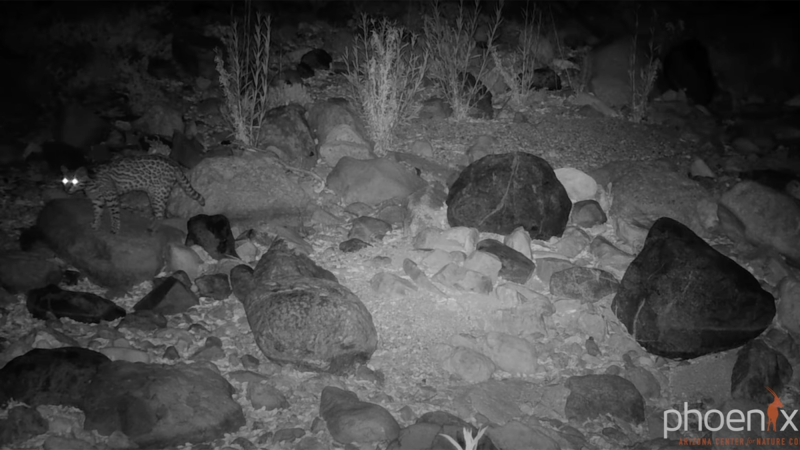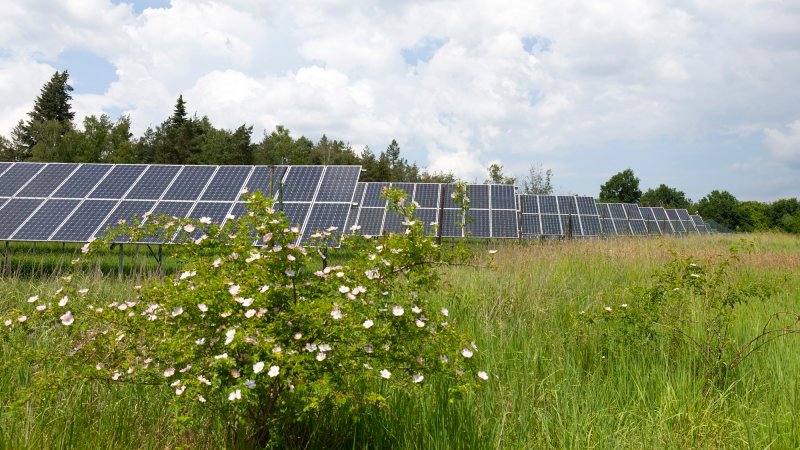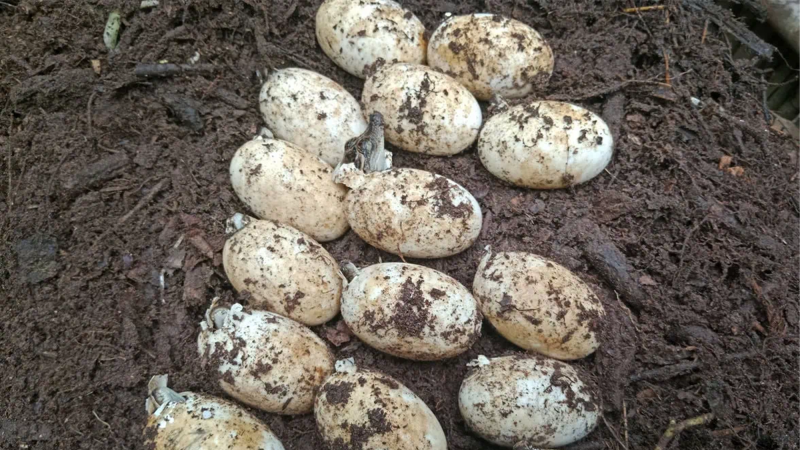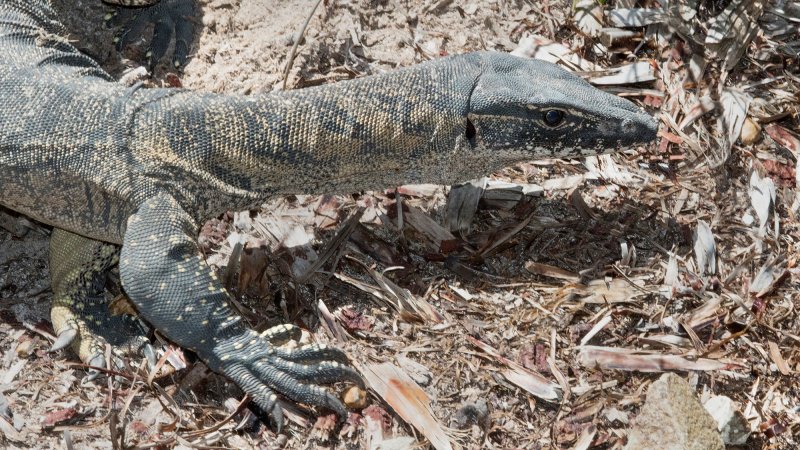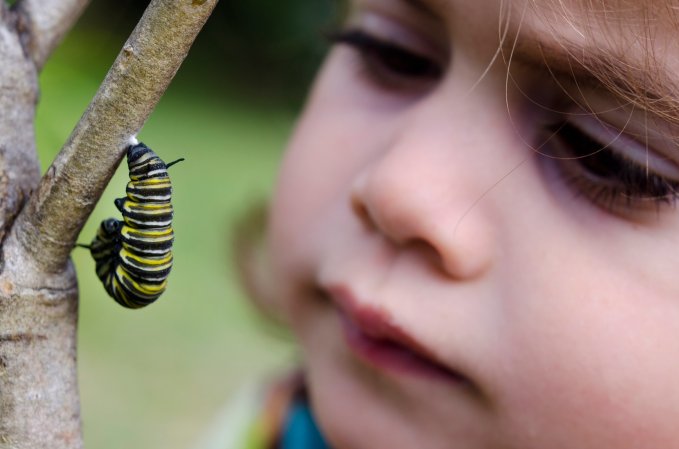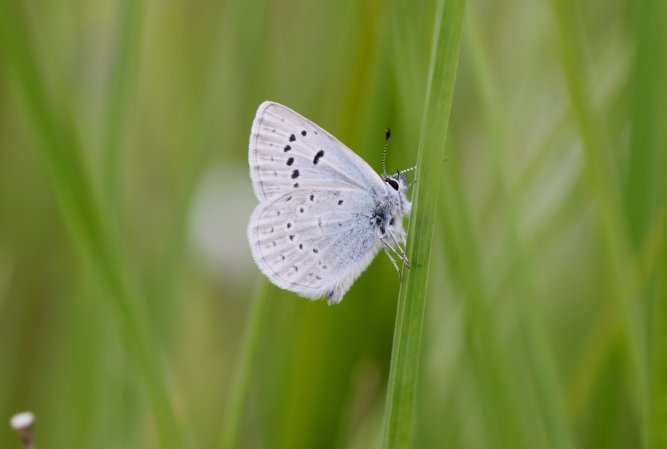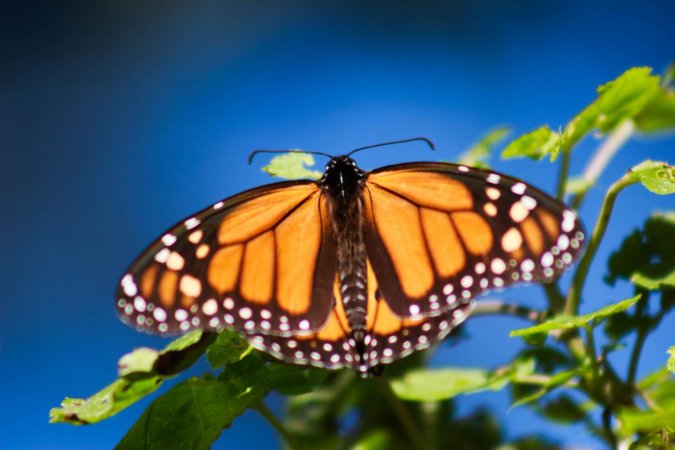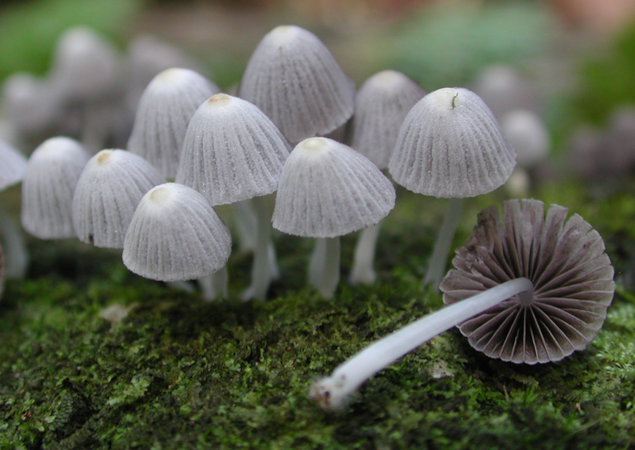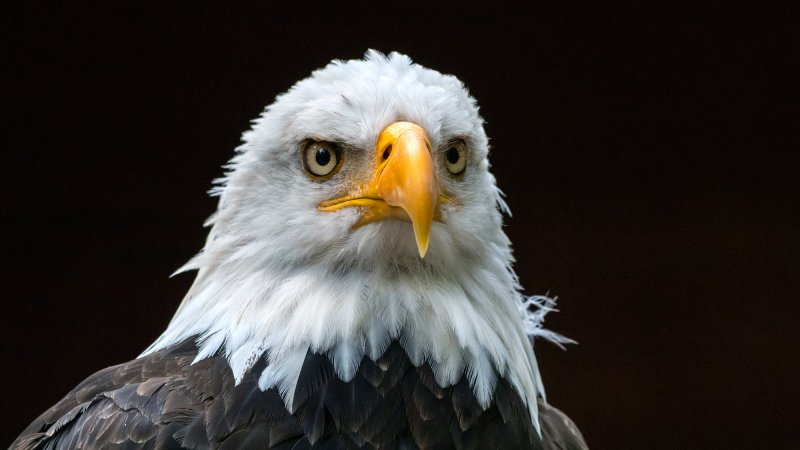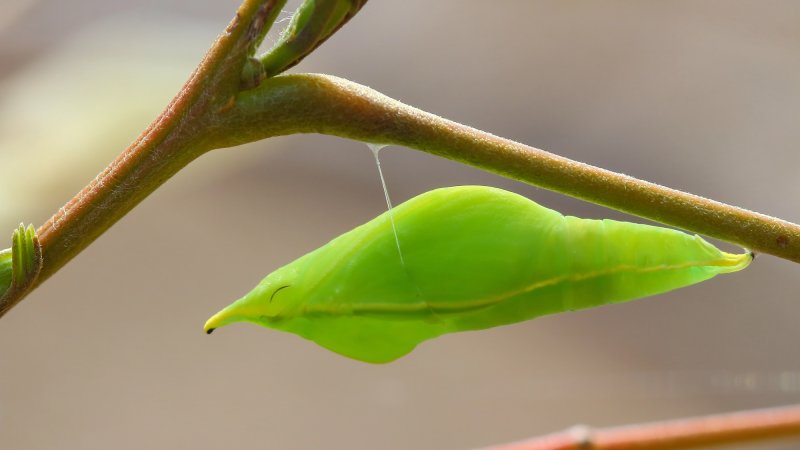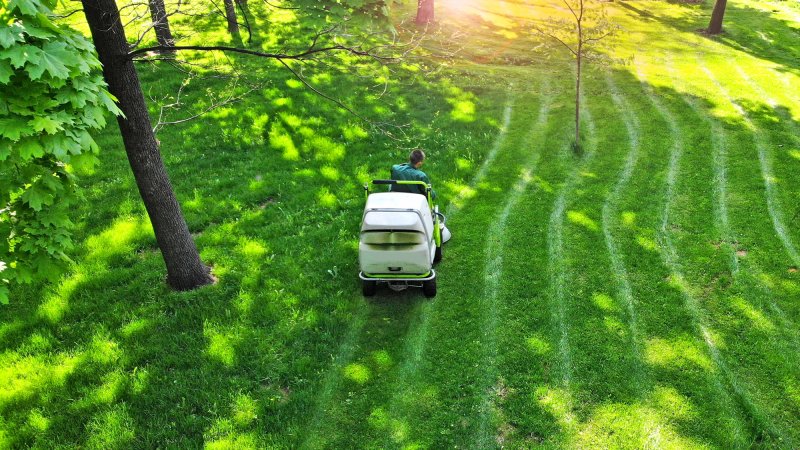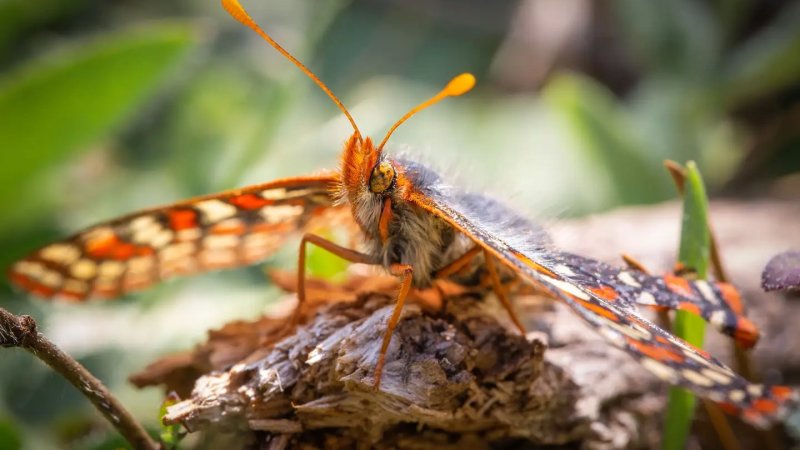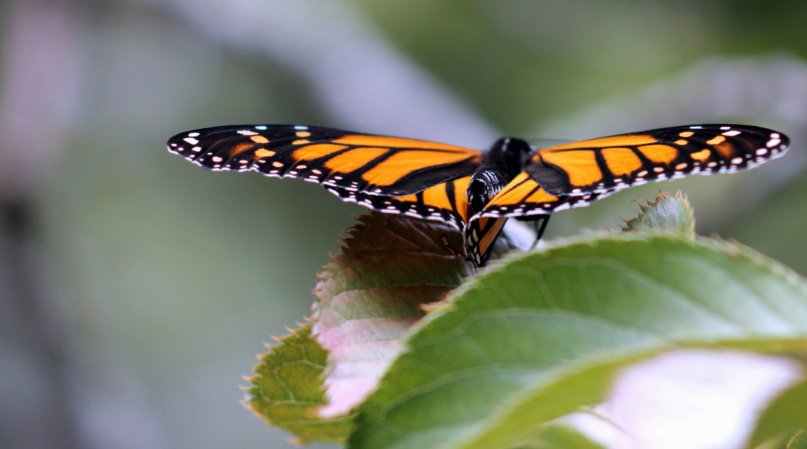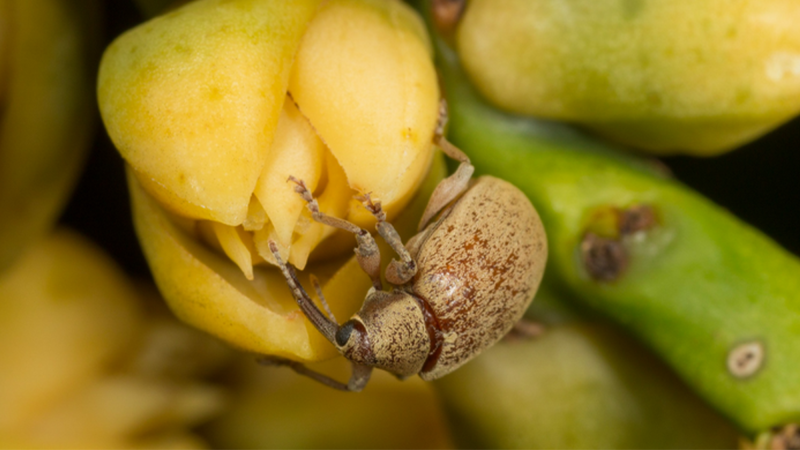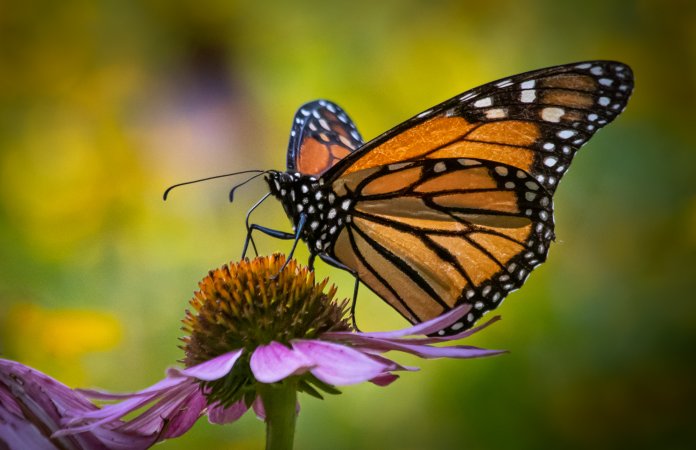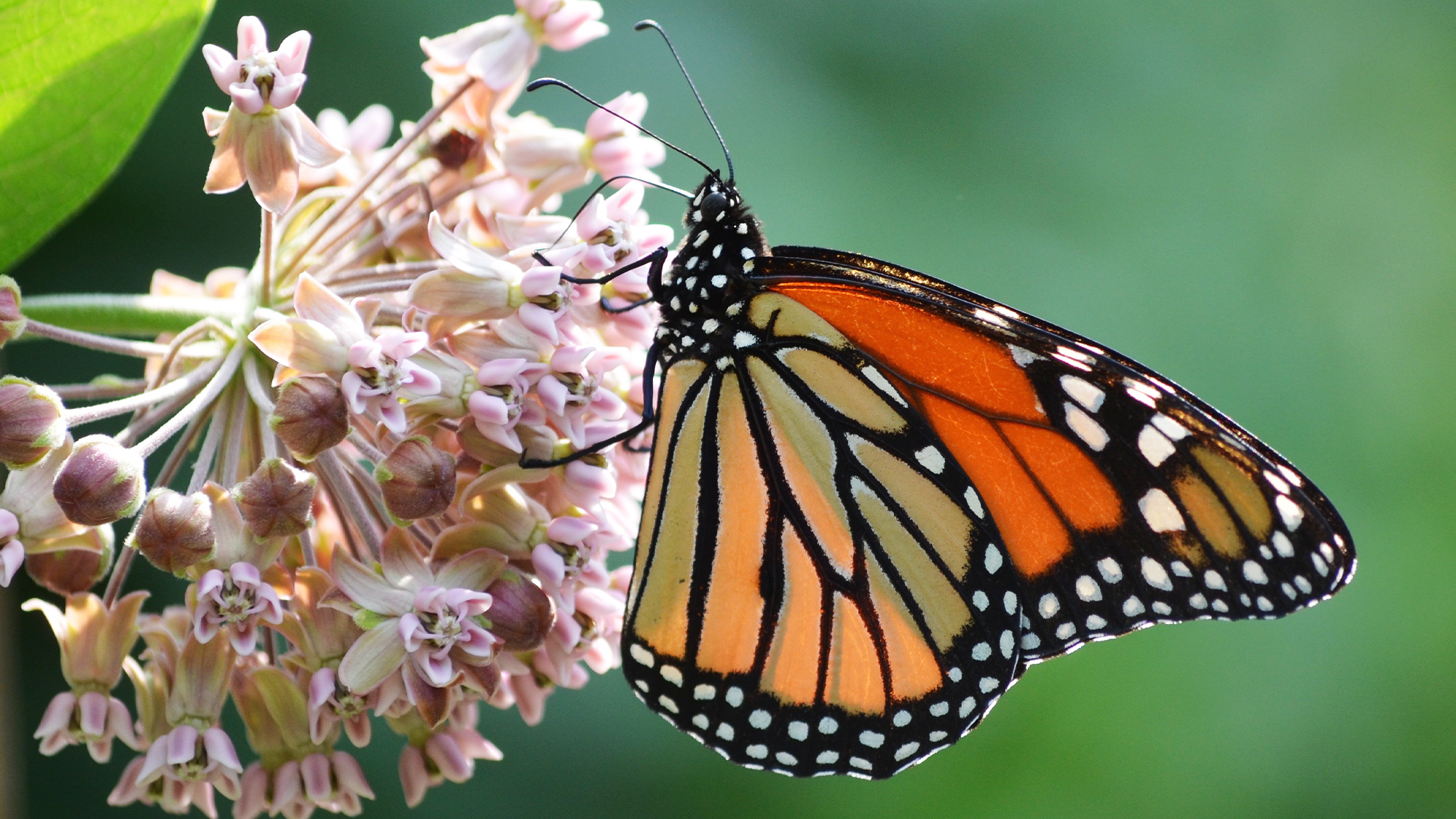

Close your eyes and imagine a butterfly. Chances are you may have pictured a monarch, with its blazing orange and black wings. They are some of North America’s most iconic butterflies, but they are close to extinction despite their notoriety. Their caterpillars exclusively eat the leaves of a native wildflower called milkweed and the amount of it growing in North America has plummeted. In the state of Illinois alone, milkweed numbers have fallen by about 95 percent since 1997.
However, planting milkweed in everyday home gardens can make a big difference. A study published July 31 in the journal Frontiers in Ecology and Evolution, found that even small city gardens attracted monarchs and are a suitable home and food source for their caterpillars.
[Related: Butterflies and moths suck up pollen with static electricity.]
“In this study, we found that monarchs can find the milkweed, wherever the milkweed is, even if it’s in planters on balconies and rooftops,” Karen Klinger, a study co-author and a Geographic Information Systems analyst at the Field Museum in Chicago, said in a statement. “Milkweed gardens can be in all shapes and sizes, and any milkweed garden can contribute habitat for monarchs.”
Mega-migrators
These bright butterflies are also known for their epic migration patterns. The population that lives on the eastern side of North America begins the year in sunny Mexico. They then move north across the continent during the spring and summer months.

“As they travel, they lay their eggs, and when those adults die, the next generation continues the migration northward,” said Klinger. “They will make it all the way to southern Canada, and at the end of summer, a new super generation is born that migrates all the way south and survives through the winter.”
It takes several generations of milkweed-eating caterpillars for the monarchs to get from Mexico up to Canada every year, so they rely on milkweed plants throughout their migration path. Wild milkweed used to grow along the Midwest’s fertile farmland. Despite having the word “weed” in the name, it is a wildflower and not considered a noxious weed. Still, years of pesticide use has killed a lot of that milkweed, and monarch habitat along with it.
“If we don’t do anything soon, monarchs are going to be in serious trouble,” Aster Hasle, a conservation ecologist at the Field Museum and study co-author, said in a statement.

Little plant, big impact
In this new study, researchers and community scientists monitored urban milkweed plants for butterfly eggs in an effort to to learn what could make city gardens more hospitable to monarchs.
“There was a call for all hands on deck, to plant milkweed across all sectors of the landscape, but people discounted urban areas, because if you look at some mapping of urban areas, it looks like it’s completely developed, with no availability for milkweed plants,” said Klinger.
An 2019 study showed that even urban spaces dominated by concrete and asphalt have room for milkweed plants. Rooftops, alleyways, and small yards, and alleyways can all support growth of this vital plant. This study also found that there was plenty of enthusiasm from residents to plant milkweed. With this knowledge in hand, Klinger and Hasle began a community science project that ended up becoming the base of this new paper.

For this new follow-up study, they trained over 400 community scientist volunteers across the Chicagoland area to monitor the milkweed plants in their area for monarch’s laying their eggs on the plants and caterpillars munching on milkweed leaves. Over four years, they collected 5,905 observations of monarchs active on 810 patches of milkweed. This paper analyzed a segment of this treasure trove of data from 2020-2022.
They found that there were several overarching trends for what makes a successful milkweed garden. While there are several native species of milkweed, common milkweed (Asclepias syriaca L.) was a key species for where and how many eggs the insects laid. Common milkweed also happened to be very prevalent. Older more established milkweed plants also fared very well. They were more likely to see eggs than younger plants, which the team found surprising.
Having a variety of blooming plants also appeared to help the butterflies lay more eggs on milkweed. These plants gave adult monarchs lots of nutritious nectar for fuel.
Ecosystem’s canaries in the coal mine
While plentiful, year-round gardens chock full of native milkweed might be the best way to help monarchs, the team notes that that every little bit helps. People should simply plant the species that will work best for their individual garden and situation. Importantly, while monarchs are just species of insect, they can indicate the health of the ecosystems they inhabit.
[Related: Help monarch butterflies by safely adding milkweed to your outdoor spaces.]
“Because they cross this big landscape from Mexico to Canada, monarchs are an important indicator of what’s happening across a big area,” said Hasle. “Monarchs need a lot of the things that other insects need, like blooming flowers, so what’s good for monarchs is good for other pollinators too. And we’re in the midst of a global insect decline, so it’s important to help.”
